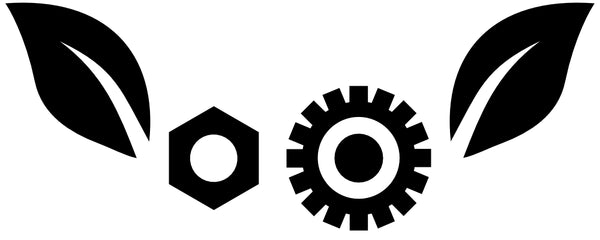3 questions for a new workshop
Share
Are you a maker and want to have your own workshop? So, start by answering these three questions:
-
What family (or families) do you want to belong to?
When we imagine a workshop, we immediately think of tools. There is no such thing without the other. For now, you may think that the pair of tools you have in mind is all you will ever need, but I promise you that that will change quickly. The same energy that makes you a maker will yearn for new projects and, to reach them, new tools will come. Trust me.
Before you know, you’ll find yourself surrounded by dozens of tools. It’s inevitable. For this reason, it is important to choose as soon as possible which family you want to belong to. The explanation is simple. Power tools are a significant investment. On the other hand, we are experiencing a transition to the wireless world. This means that you will need batteries. By choosing the brand that inspires you the most and with which you feel most confident working, you can operate all your tools with a reduced number of batteries. In parallel, the same language of functionality, transversal to all tools, will add comfort to your work.
-
What is the perfect height of the work surface?
Your workspace must be built to your needs. Otherwise, you will never be entirely comfortable. Your productivity is directly linked to your comfort. Therefore, to be productive you need to feel comfortable.
You are everything you need to find the ideal time to work. Get up and mark your palm from your waist down. Then find the center of the span and measure the distance from that point to the ground. This measure is the ideal height for your work surface. For the sake of simplicity and ease in the future, you can round up the measurement. For example, in my personal case, the measurement would be 89 centimeters and a few millimeters, but I chose to make it uniform at 90 centimeters. The difference in millimeters is not significant in my comfort, but rounding the number makes it a lot easier every time I need to build a workbench.
Along with comfort, the uniformity of the work surface will make your life easier in each project. When all work surfaces are aligned, they end up working as a team. For example, any bench becomes a support table for boards longer than the sawing table.
-
How long do you want to do it?
This issue is both the most overlooked in the short term and the most important in the long run. You will probably want to enjoy your workshop for many long years. Well, for this to happen and for you to always be able to do it to the maximum of your abilities, you need to invest in safety and cleanliness. If you don’t control the production of noise and debris, your favorite space can be harmful to your health.
Between gloves, headphones, glasses and breathing masks, don’t be ashamed of looking like Darth Vader every time you need to cut a board. The better equipped you are, the less harmful the dirt and noise will be to your health and the less wear and tear they will cause on your body. The 20 seconds you will take to equip will translate into less fatigue at the end of the day and more health over the years.
At the same time, do not skimp on cleaning. A good dust collection system will prevent a lot of dust from traveling through the air and, consequently, through your respiratory system. The less dust you breathe, the less chance there is of any being deposited in your body. A good investment in dust collection will save your body, your machines and even saves you a few sweeps every day.
More than a special space for its maker, the workshop as a workspace is the project in which each maker works his whole life. For this reason, it is important that we address these cross-cutting issues as early as possible. Reflecting on them and trying to answer them will give us more lasting and comfortable spaces for creation in both the short and medium term.
If you are starting a workshop, what other questions do you have? If you have a workshop, how did you answer these questions, or others that have arisen?
